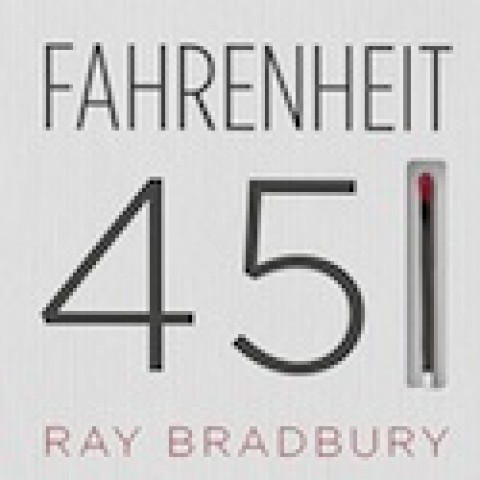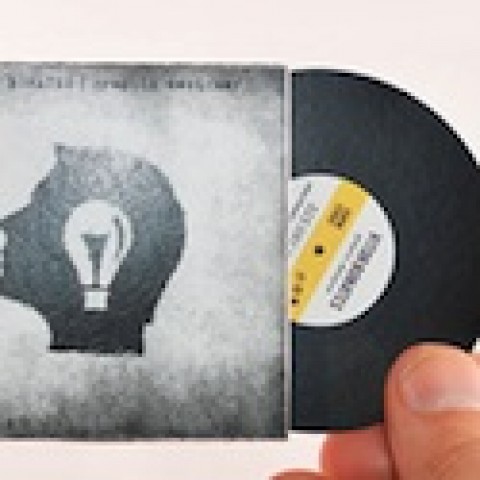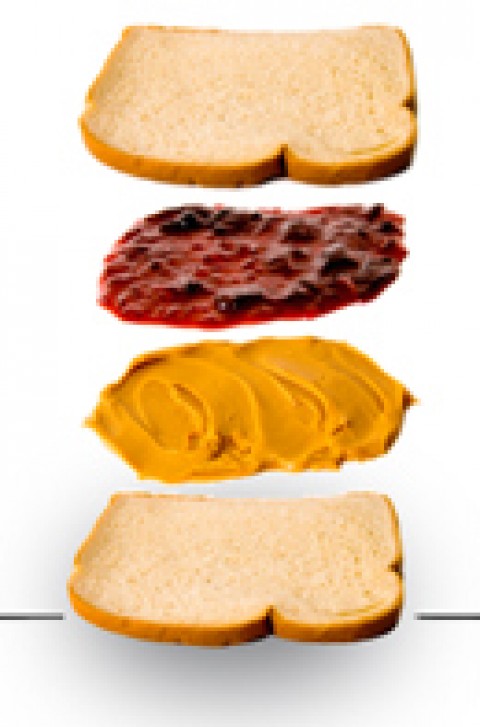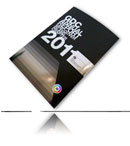
It was an unobtrusive window envelope sporting the sender’s logo. A typical consumer might have tossed it straight into the trash, but I am not your average consumer.
I’m a nosy creative and print lover so I immediately opened that letter from Facebook.
Picking the meat off direct mail bones?
The first question that came to my mind is this: If direct mail is a marketing carcass with the email buzzards circling overhead, why would Facebook … and Google … and other well known bastions of electronic communications be using it?
“The percentage of direct mail in our overall print work has rapidly gone up from five percent to 24 percent in the past 12 months,” says Frits Kouwenhoven, managing partner at Hemlock Printers in California.
“And I don’t think it’s just us. We saw a number of print materials during the recession just disappear. People thought it easier to post them online – especially catalogs. ‘Oh, we don’t need to print this anymore. People will check it out on their computer or their iPhones.’ But more and more I’m finding that these products are coming back in printed form.”
And Kouwenhoven is spot on. No buzzards anywhere in sight.
The Direct Mail Trail to be well traveled in 2012.
Earlier in the year, the Winterberry Group’s (a global strategic consulting firm) outlook for 2012 promised a nice surprise for direct mailers: Among all the categories such as digital and broadcast media measured by Winterberry, mail was forecast to remain the largest marketing channel, with 2.5 percent growth bringing spending on it to $46.9 billion.
I’m talking direct mail here, with an emphasis on “direct” as in a direct way for companies to stay in touch with their existing client list. And the majority of those direct mail pieces are catalogs, postcards and self mailers.
“With the industries we are dealing with, not much goes inside an envelope anymore,” elaborates Kouwenhoven. “It adds an additional expense. It’s either a single card or a wafer-sealed self-mailer, and it gets sent standard mail. If you put something together with a size no larger than 6 x 9, you can mail it for as little as 28 cents, depending on the weight.”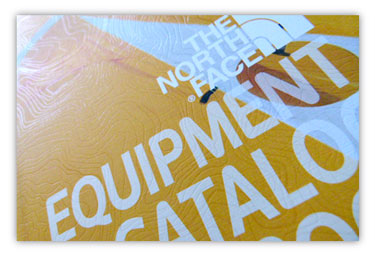
Yes, you can create cards using standard 4-color print on glossy 7 pt. stock, but Kouwenhoven has a soft spot for expertly printed cards, using excellent quality paper.
“You should really select a paper that connects the audience with the specific product being marketed,” Kouwenhoven advises.
“For instance, if you are talking about something that is fashion-related to people that are high-tactile, consider a paper that has a textured feel to it like an uncoated cover with a nice embossed finish. Beautiful sheets like Mohawk Via come to mind, the linen finish is very tactile. If your client is selling cars, a gloss-coated sheet that really produces superb visual detail would be more appropriate.”
If your project is being printed digitally, the variety of papers available can live up to your creative vision and marketing goals.
Kouwenhoven’s personal favorite at the moment is a GPA sheet. “Ultra Digital Silver Foil Board features foil on one side and a white matte on the back. We’ll run this through our Indigo press, and it creates a fabulous look, like foil stamping.”
Is the “green” path worn out?
While there are still heated discussions among print industry players questioning the merits of certification schemes like FSC and SFI, Hemlock’s customers are increasingly “greener.”
“We see a growing number of people requesting that their direct mail projects be produced in an environmentally responsible manner,” explains Kouwenhoven. “Beyond chain-of-custody certification, we are a printer that is at the top level of carbon neutrality.”
This means offering clients, particularly those using direct mail, the opportunity to purchase renewable energy credits (RECs) to offset the effects of paper and processes that are not already carbon neutral.
“If you’re going to do direct mail, it is important to let the consumer know that it’s done with care,” says Kouwenhoven. His ideal reaction from a consumer is, ‘Wow, not only does this printer have a FSC logo, they have a Green-e logo, carbon neutrality, and it has an eco-audit.’”
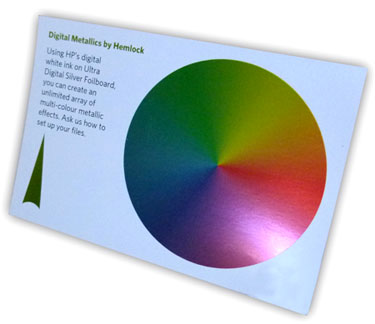
“When it comes to postal rules and the actual mailing part of direct mail, everybody’s eyes glaze over,” laughs Kouwenhoven. “You need to be very clear about the USPS regulations and restrictions. We provide careful guidance – what can and cannot go through the mail, what the costs are, and how clients can save money and be more effective.”
Kouwenhoven flags some of these money potholes to avoid:
- First Class versus Standard Mail. If you have a rapidly approaching event or an offer with an expiration date, First Class may be essential despite the cost savings you could receive using Standard Mail.
- Size of the piece is critical. If you design a 6.125 x 9 mail piece (instead of 6 x 9), you jump 25 cents per piece in postage.
- Wafer seals must be applied in the correct manner when you close a piece.
“If you don’t have all these details covered, the mailing can become an ugly problem,” cautions Kouwenhoven. “If the size or thickness of mail piece doesn’t match the guidelines for a specific price range, or the piece jams up the USPS machines and thus needs to be handled manually, there will be an extra charge involved.”
A Well Groomed Direct Mail Trail
So how do you make sure your marketing backpack is stocked with the necessary tools to ensure a pleasant hike?
Target the right list, design enticing creative, enhance your message with the perfect paper, select a knowledgeable print partner, and make an offer too good to be ignored.
The Direct Mail Trail is well groomed and ready for growing traffic. Why else would Facebook and Google be there? And why wouldn’t you be?
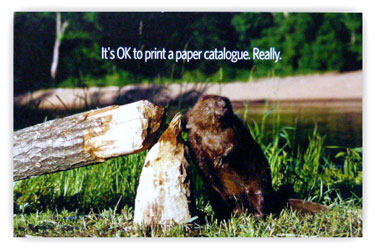
Seeing designers worldwide struggle to stay current with new papers and paper trends inspired Sabine Lenz to create PaperSpecs, an independent and comprehensive Web-based paper selection tool and weekly e-newsletter. Growing up in Germany, she started her design career in Frankfurt, before moving on to Australia and the United States. Lenz worked on design projects ranging from corporate identities to major road shows and product launches. From start-ups to Fortune 500 companies, her list of clients included Oracle, Sun Microsystems, Deutsche Bank, IBM and KPMG. Lenz is a noted speaker and author on paper issues and educational topics related to the paper industry.
Copyright 2012 PaperSpecs.com.

